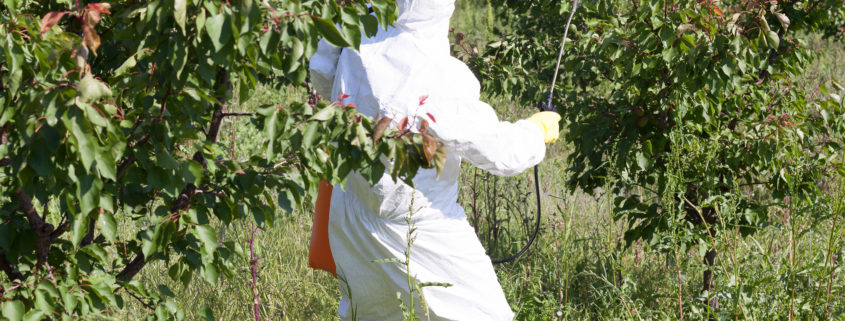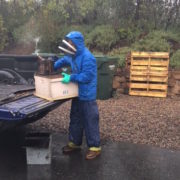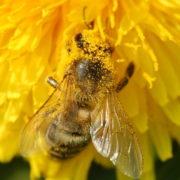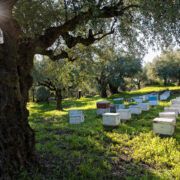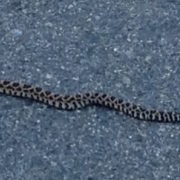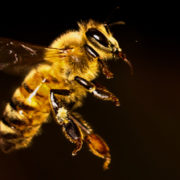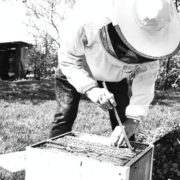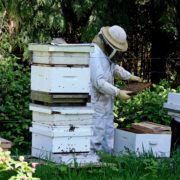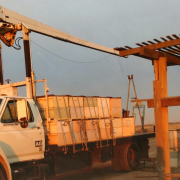Pesticide Spraying
Every spring, around late May, more or less, comes the dreaded phone call: “Hi, we just wanted to let you know that we will be spraying the grove at . . . ____ . We know that you have bees in the area and want to give you a chance to move them out before we begin pesticide spraying.”
While perfectly courteous and respectful, this call and those like them are particularly bothersome here at Wildflower Meadows. Oftentimes, the yard in question has a group of emerging virgin queens that are just getting oriented to the area. Other times, the colonies in the yard just received a batch of sensitive queen cells. At these critical points, it can be detrimental to have to move a colony of bees to a new location. Yet, they have to be moved. And, typically, we lose the queens when this happens.
The other challenge of receiving late May spray calls is the unfortunate timing. Late May is usually the end of our busiest season. Our crews are growing tired from working long hours since late March, and now have a new, unexpected project to tackle. Of course the days are long at this time of year, so we have to wait until the sun finally sets to begin the moving process.
The final blow often takes place after we ultimately move the bees to what we think is a safe location, then receive a new incoming call of: “Hi, we see that you just moved bees into the area. We plan on spraying there next week . . . ”

